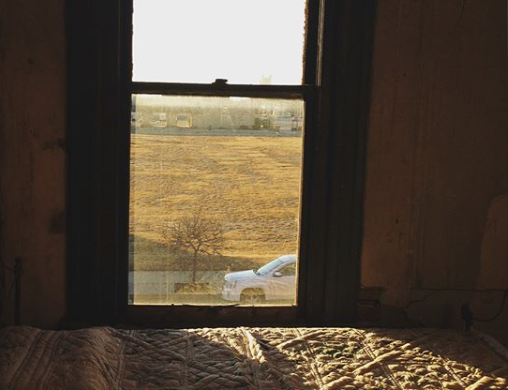John Wilkes Booth, the man who killed Abraham Lincoln, has more than a little of the mysterious in his biography. While historians confirm Booth shot Lincoln at Ford’s Theatre, exactly what happened afterward is cloudy. The official version of history ties the story up into a neat little bow, explaining that Booth was found hiding in a barn in Virginia days after the assassination, and he was killed by Union soldiers.
However, a counter-narrative claims that the killing of Booth in Virginia was a PR stunt. There is evidence suggesting Booth escaped, evaded Union soldiers, and ended up in Texas. Upon investigation, accounts across the state of Texas speak of a man with an uncanny resemblance to Booth, living under an assumed name.
Booth Seen at a Bar in Fort Worth

Photo: Instagram/Max McNabb
One account locates Booth in a Fort Worth bar during the mid-1880s. Reporter M.W. Connolly was at Pickwick Hotel, allegedly interviewing General Albert Pike. According to Connolly, a local known as “David E. George” entered the barroom, and General Pike stood up, pointed to him, and yelled, “My God! John Wilkes Booth!” Connolly’s report claimed the son of Sam Houston, Temple Houston, was a witness to the incident.
Whether General Pike was attempting to make some sort of drunken joke, or rather he was trying to expose the alleged Booth is unclear according to Connolly’s report. Connolly does note that General Pike “trembled like an aspen” before fleeing to his hotel room. Believers in the Booth counter-narrative allege that General Pike (formerly a Confederate commander in the Civil War) was part of the conspiracy to assassinate President Lincoln.
John St. Helens, the Mild-Mannered Bartender of Glen Rose

Photo: Hotel room in Enid, Oklahoma, where St. Helens died, Instagram/Max McNabb
Much of the theory regarding Booth’s escape and relocation comes from a 1907 book, “The Escape and Suicide of John Wilkes Booth,” by Finis Bates (the grandfather of actress Kathy Bates). Bates’ book is based on a man he knew in Glen Rose named John St. Helen.
John St. Helen lived in Glen Rose where he worked as a bartender. Bates and St. Helen became good friends. St. Helen became an active member of the community theatre and was said to be a remarkably gifted actor. His stage presence was so commanding that locals noted he must have had some professional training elsewhere. To add fuel to Bates’ theory, Booth was a professional actor before the assassination of Lincoln.
According to Bates, St. Helen took ill and thought he was going to die. Bates went and visited the sick man. Bates claims that here, believing he was on the brink of the death, that St. Helens confessed he was really John Wilkes Booth.
Booth’s Final Act on Stage
After St. Helen died from poisoning in a small hotel room in Enid, Oklahoma, his body was mummified. Bates ultimately obtained the mummified corpse of St. Helen and used the body as a type of sideshow attraction, renting it out to local carnivals and fairs.
Allegedly, showmen who included the body as part of their shows and exhibits ran into spots of bad luck. Many lost their fortunes. One incident records a train transporting the mummy crashed and killed eight people.
The mummy made the rounds to various exhibits and museums all the way into the 1970s. While the body has not appeared in public since then, members of Booth’s family are demanding that DNA testing take place in order to determine the mummy’s true identity.




